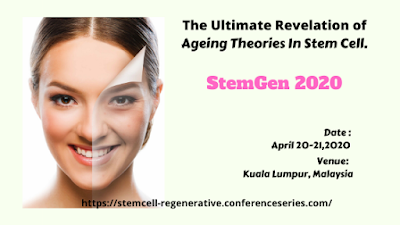Utilizing Single Cells To Get the Whole Picture of the Epigenetic

Genes may control what qualities are passed down from parent to posterity, but every cell expresses these genes distinctively dependent on “external” epigenetic modifications. Epigenetics doesn't adjust the quality arrangement (genotype), however, they do impact cell behavior and function (phenotype). The study of epigenetics helps us see how phenotypic changes lead to malady, stem cell differentiation, and essentially, what drives the fate of every cell in the human body. The epigenome isn't reliable between cells, or even between cells of a similar sort. Individual changes travel every which way all through a cell's lifetime. In this way, researchers are confronted with the precarious test as they attempt to the role of epigenetics in infection and development. Understanding intercellular heterogeneity is key here. The epigenome must be inspected at single-cell resolution. Now with the advancement of single-cell sequencing strategies like the single...





